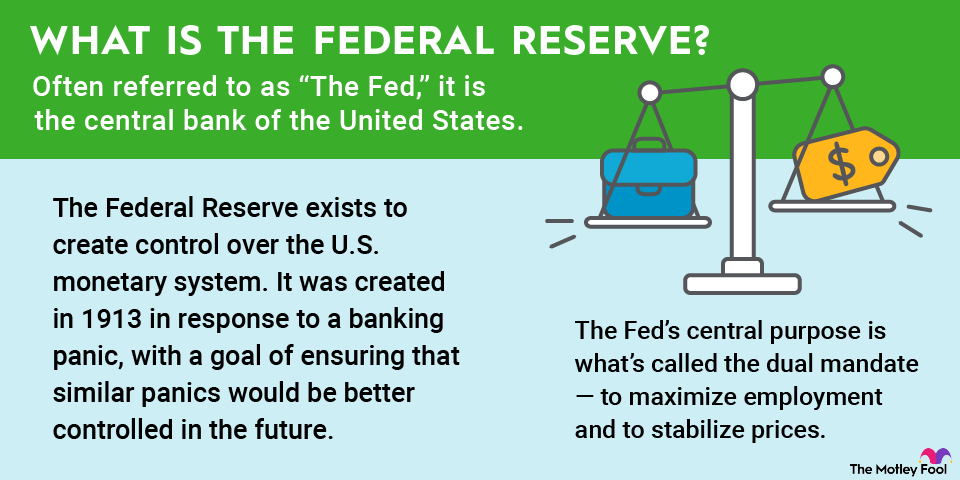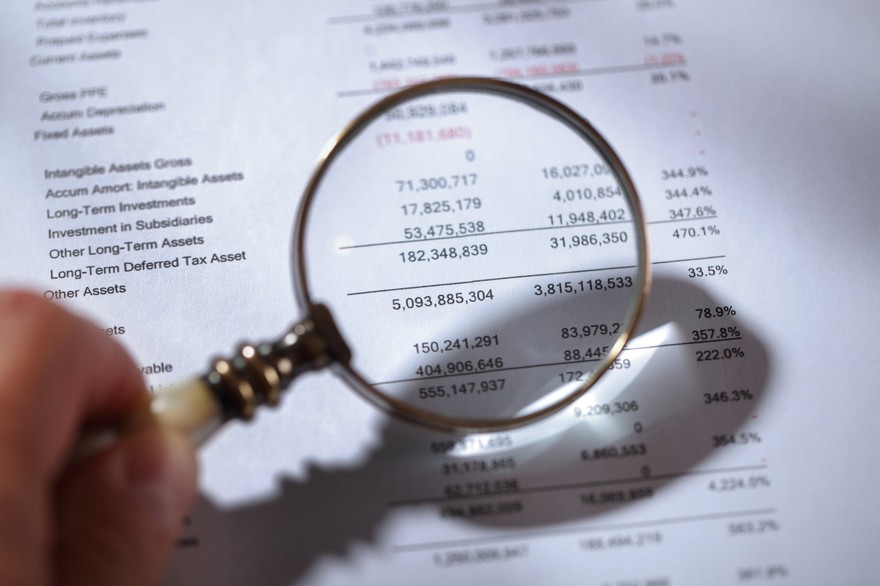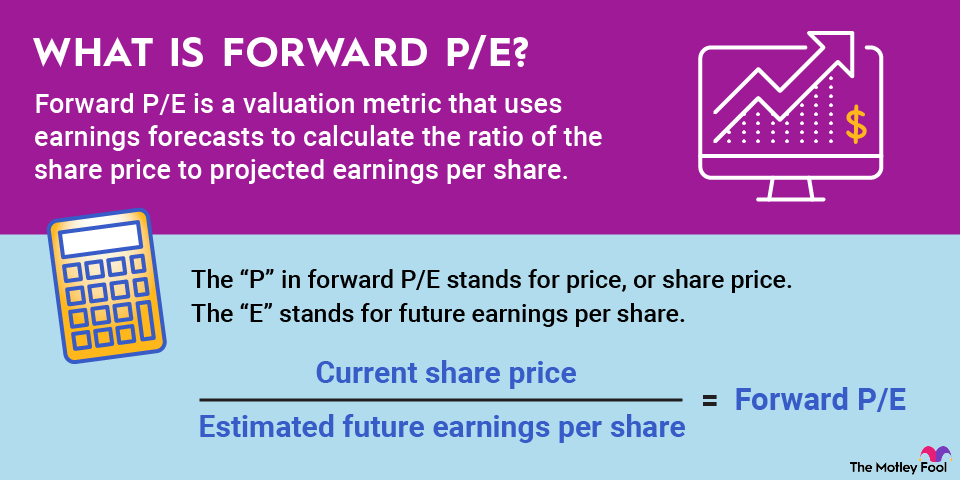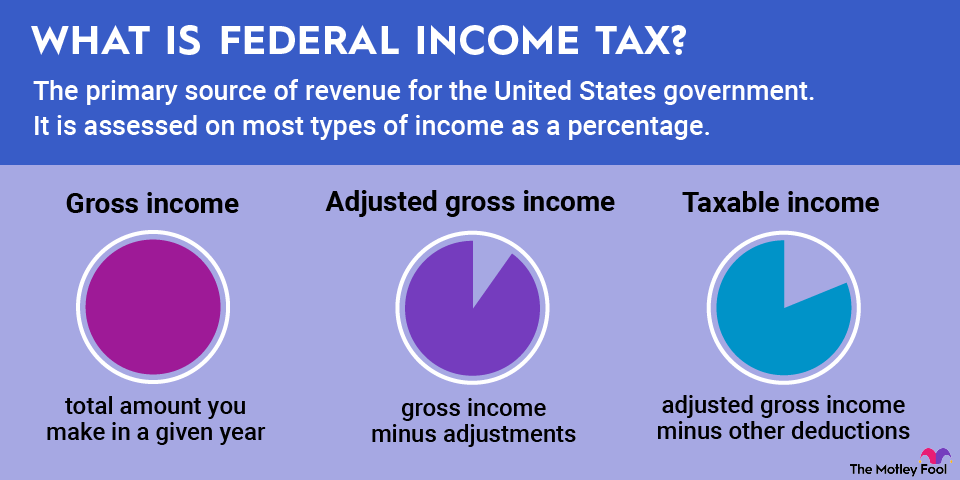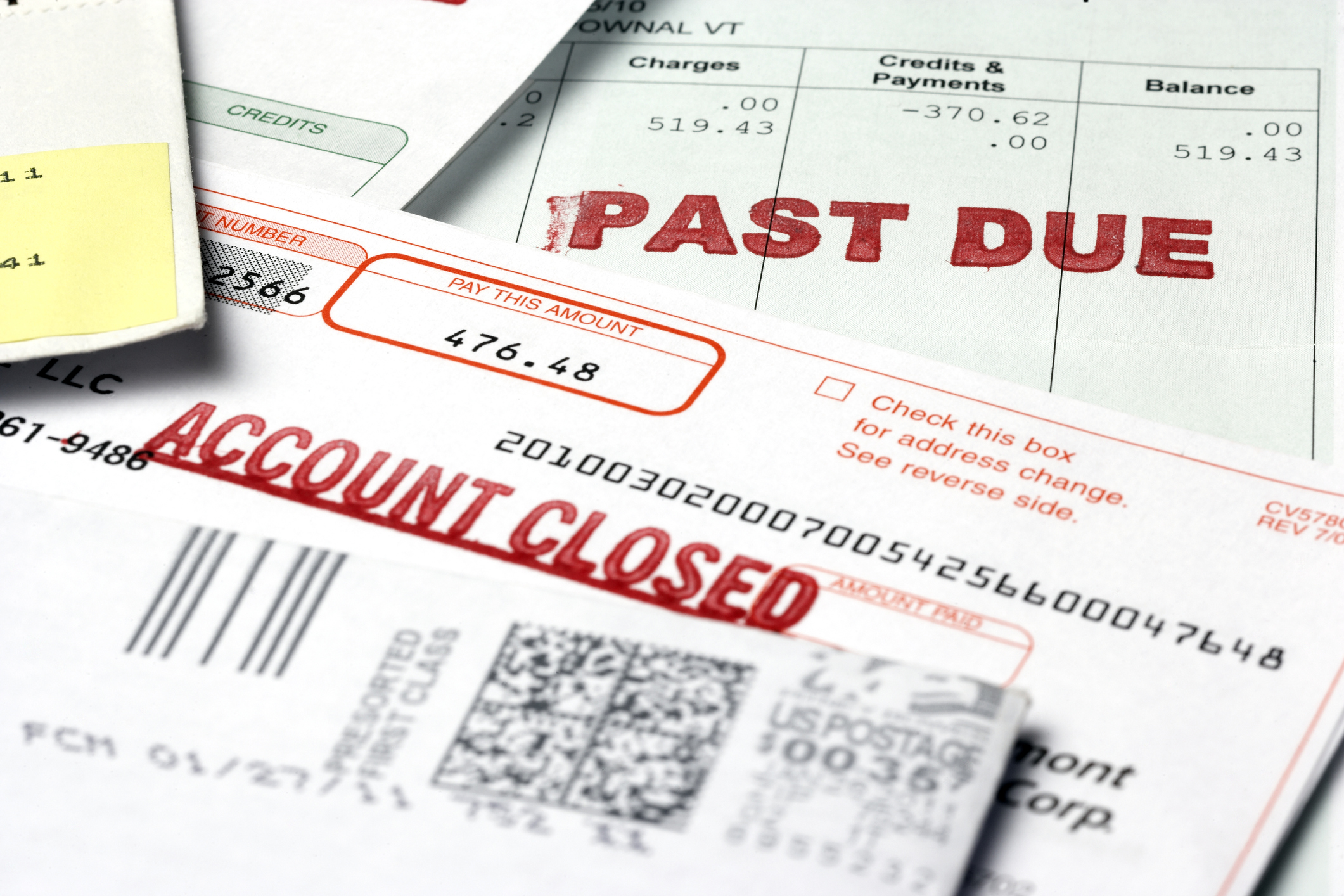A financial portfolio is a summary of all your investments -- stocks, bonds, other securities, and even cryptocurrencies. We’ll break it down here: how to create one, different types, how to manage one, and dos and don’ts for making sure your portfolio remains healthy.

What is a financial portfolio?
Simply put, a financial portfolio is a collection of financial assets that you own and that you hope will gain in value, eventually providing you with one or more sources of income. An investment portfolio can contain the following assets:
- Stocks.
- Bonds.
- Mutual funds or exchange-traded funds (ETFs).
- Real estate investments.
- Certificates of deposit (CDs) or savings accounts.
- Commodities.
- Life insurance policies with a cash value component.
- Cryptocurrencies.
However, building a portfolio isn’t as simple as just grabbing one (or more) of each investment. Even with help from a financial advisor or specialized robo advisor, you’ll need to follow a few guidelines to make sure that your portfolio grows into a suitcase.
Steps to building a financial portfolio
Financial portfolios don’t just materialize; they take time and planning to get the best results. Here are a few basic steps to establishing your ideal portfolio:
- Determine your investment goals. Are you saving for college, retirement, or another specific life event? How long do you have to reach your financial goals? Answering these questions will help you figure out your risk tolerance and the type of assets you’ll want in your portfolio.
- Define your risk tolerance. Your risk tolerance is basically your ability to handle risk. It's closely tied to your goals. If you're investing money you'll need for a down payment on a house in three years, your risk tolerance is very different from what it would be if you were investing to ensure a comfortable retirement in 30 years. You should consider your own temperament. Are you comfortable with risky investments, such as small-cap stocks, commodities, and cryptocurrencies? Or are you a more conservative investor, content with slow-but-steady gains from exchange-traded funds or bonds?
- Decide how you want to invest. Are you comfortable with an ETF or another set-it-and-forget-it investment? Or are you the type of person who has the time and inclination to obsess over a company’s latest 10-Ks and perform your own technical analysis?
- Diversify. Keeping all your eggs in one basket can lead to a lot of broken eggs. Define your interests and invest in sectors that you know best. Hint: Just because you eat out a lot or buy groceries doesn’t mean you’re an expert on food stocks. But if you’re a digital marketer, for example, you might know more about adtech stocks than the average retail investor. Use your experience to spread your money across a range of investments.
- Consider taxes. If you’re going to be trading a lot using your brokerage account, you'll need to account for capital gains taxes. (Keep in mind, The Motley Fool strongly recommends a buy-and-hold strategy.) But if you're a long-term investor, using an individual retirement account (IRA) and other tax-advantaged vehicles often makes sense.
Common types of financial portfolios
A good financial portfolio is a diversified financial portfolio. Even so, there are different types of investment portfolios that are generally defined by goals and risk tolerance. Here are four:
- Conservative. Also known as a defensive portfolio, a conservative portfolio is likely to contain fixed-income securities such as bonds, dividend-producing investments, and low-yielding but ultra-safe products such as certificates of deposit (CDs). As a rule, conservative portfolios are favored by older investors who have less time to recoup major downturns.
- Aggressive. Sometimes marketed as “capital appreciation” portfolios, these holdings will focus on volatile securities, such as growth stocks and cryptocurrencies. They may also contain riskier holdings, such as international stocks or sectors that have fallen out of favor with most investors. Typically, younger investors can be more aggressive since the market seldom loses money over the long term.
- Income. Another favorite of retirees, income portfolios will contain dividend-paying stocks and bonds that provide a steady, reliable stream of income.
- Socially responsible. Investors who want to put their money where their beliefs are can build environmental, social, and governance (ESG) portfolios, focusing on holdings that are sustainable and that benefit society. These portfolios can reflect an individual investor’s risk tolerance and time horizon through conservative, aggressive, or income-producing holdings.
Related investing topics
Maintaining an investment portfolio
The amount of time you spend keeping up with your investments will depend heavily on your goals, time horizon, and risk tolerance. Whether you’re an active investor or a set-it-and-forget-it type, you’ll want to follow the 3Rs:
Review your portfolio periodically. A daily or weekly review is too much for most people; keep in mind, market volatility is real and exists. But a monthly or even quarterly review of your investment performance can help you avoid some nasty surprises.
Research your investments. An email alert for every filing to the U.S. Securities and Exchange Commission (SEC) probably isn’t necessary for most investors. Keeping up with basic news about a company or sector where you have money, though, is a very good idea. In addition to mainstream publications, be sure to take a look at quarterly reports and any major announcements from an individual company.
Rebalance your portfolio. This doesn’t mean you should sell your holdings when there’s a downturn. As the old adage goes, time in the market usually beats timing the market. But be prepared to make changes. Not every investment in your portfolio is likely to work out to your satisfaction. Don’t fall prey to sunk cost fallacies.


